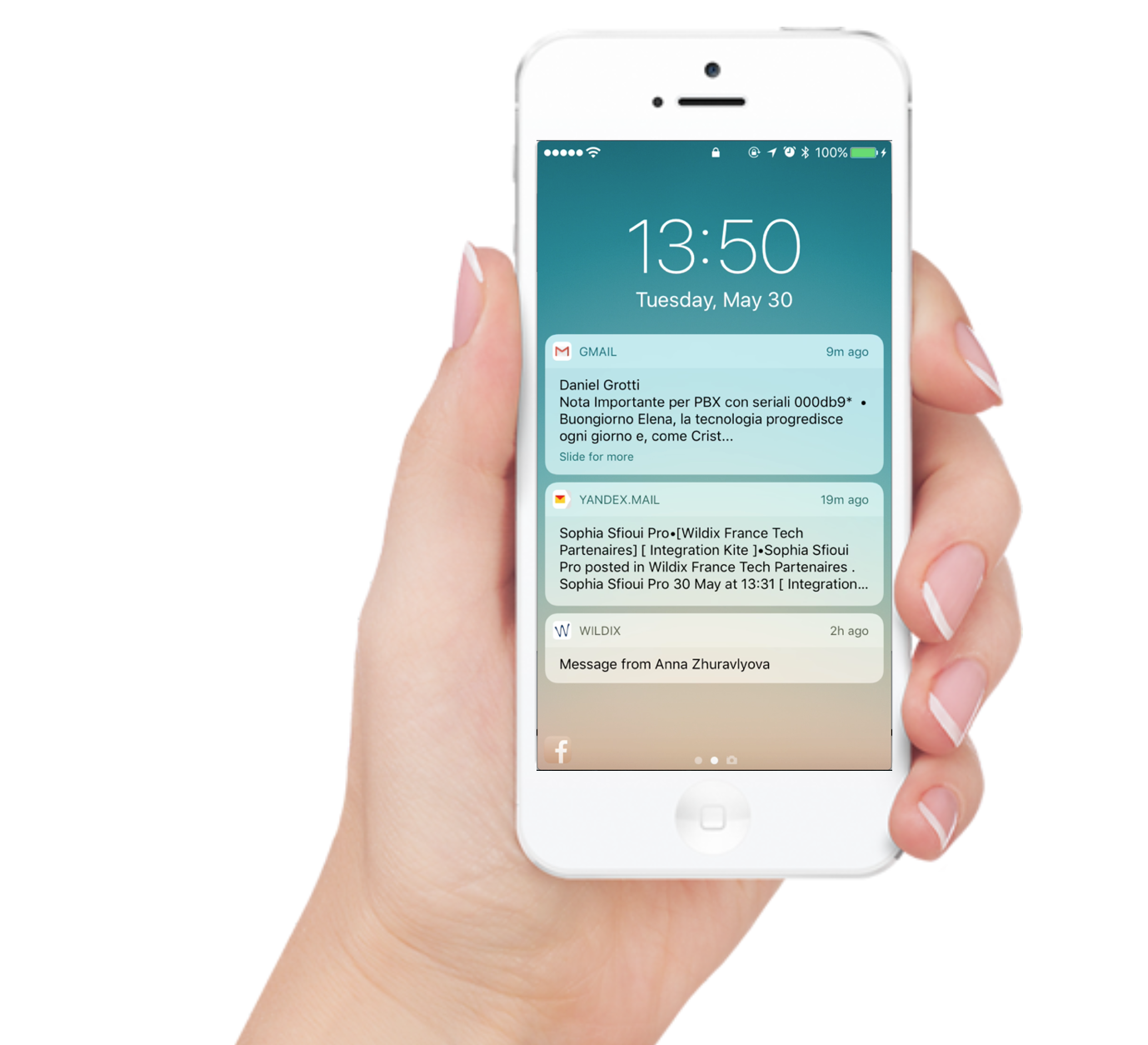
Web, Hybrid or Native Mobile apps – which one to choose? In the previous blog article we discussed web-based communication solutions and their advantages over native ones. This time we will discover why it is more preferable to use native or hybrid applications for mobile devices.
Mobile devices like smartphones and tablets have two important limitations:
- CPU and battery usage
- Technology limitations
Because these two factors must be taken into account, collaboration apps for mobile phones must still be native or hybrid apps. Native means using Objective-C and Swift (with iOS devices) and Java (with Android devices). Hybrid means that a mix of native code and Webviews are included in the app.
